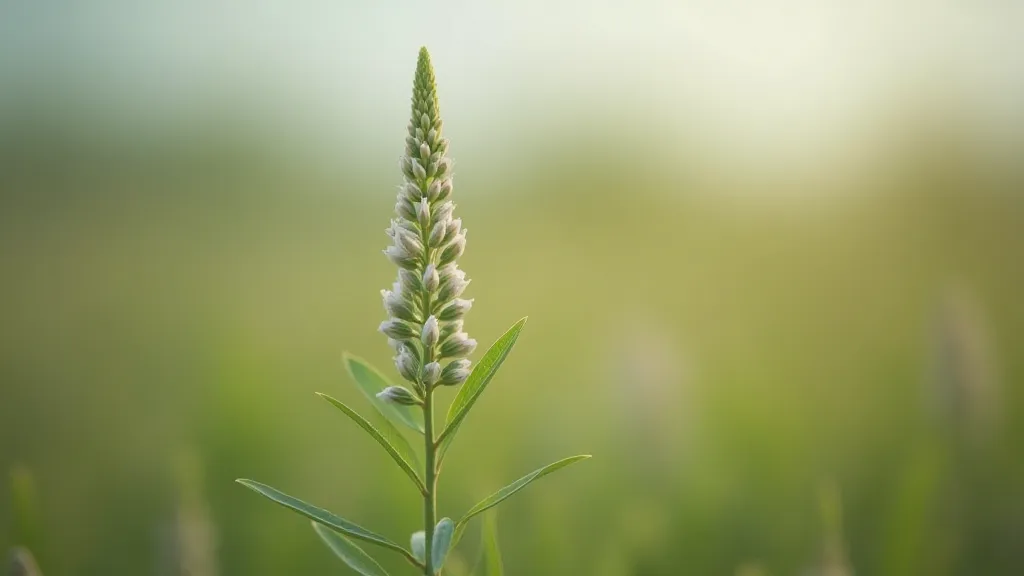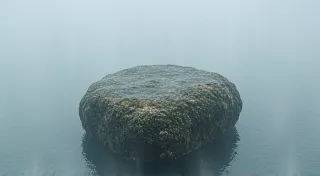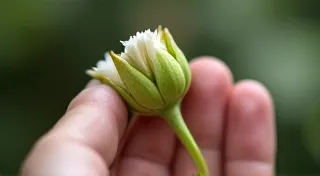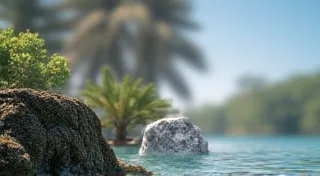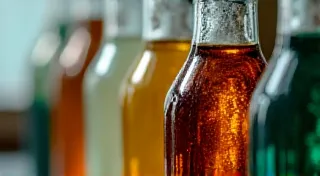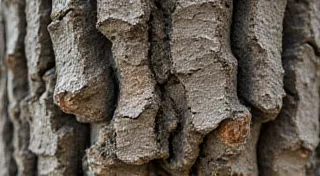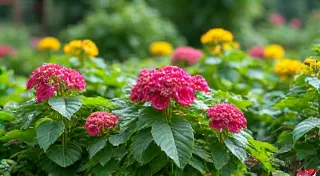Mullein's Embrace: A Study in Softening
There's a certain melancholy that clings to antique accordions. A quiet resonance of lives lived, dances held, and songs sung – often in dimly lit rooms, filled with the scent of beeswax and shared memories. They’re instruments of immense beauty, but also incredibly delicate, requiring a reverence born of understanding fragility. It’s a lesson I'm learning, not just with these instruments, but also with the subtle art of textile dyeing, particularly when exploring plants often overlooked – like mullein.
My fascination with antique accordions began unexpectedly. My grandfather, a man of few words but immeasurable kindness, kept one tucked away in his attic. Its bellows were cracked, its keys yellowed, but its presence whispered of a world I barely knew. Restoring it became an act of connection, a way to understand him better. And in that painstaking process, I realized a parallel existed with the textile arts – the need to handle things with gentleness, to coax beauty from what others might dismiss as damaged or worthless. The process demands intuition, an understanding that goes beyond technique; it's about feeling what the material needs, a principle that echoes deeply within the realm of textile alchemy, where the dye itself seems to whisper its secrets – a concept I’m exploring in more detail in When the Dye Whispers: Intuition and Textile Alchemy.
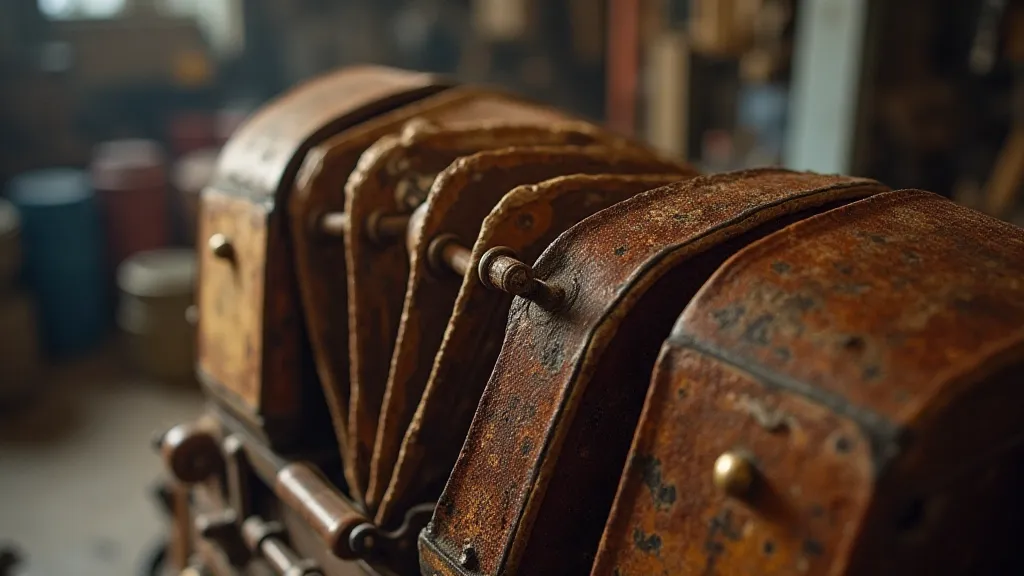
The Underappreciated Mullein
Mullein (Verbascum thapsus) isn't a name that readily springs to mind when discussing natural dyes. Indigo, madder, weld – these are the titans of the dye world. But mullein, with its towering stalk and velvety leaves, holds a quiet magic. It's a plant often dismissed as a roadside weed, a tenacious survivor in seemingly barren landscapes. This resilience, this quiet strength, is also reflected in its dye potential - although it requires a specific, delicate approach to unlock its full spectrum. The persistence of plants like mullein in harsh environments is a powerful symbol of nature's quiet determination, much like the durability needed for antique instrument restoration. The subtle nuances of color are vital – a principle that also applies to the careful restoration of antique accordions, where preserving the instrument’s original character, even with its imperfections, is paramount.
Unlike the bold, often vibrant hues of other natural dyes, mullein yields softer shades – primarily yellows, creams, and muted oranges. These aren’ aren’t the colors that demand attention; they’d rather blend, soften, and enhance the surrounding environment. They are colors of twilight, of aged parchment, of the whisper of a forgotten melody. And it's this ability to create such ethereal fabrics that makes mullein so uniquely appealing to those seeking a truly subtle palette. Understanding the limitations of natural dyes, such as the softer hues of mullein compared to the robust tones of indigo, requires a deeper appreciation for the historical context of textile production - a topic explored further in When the Dye Whispers: Intuition and Textile Alchemy.
Historical Context and Dyeing Practices
While concrete historical records of mullein’s extensive use in textile dyeing are scarce – likely due to its relatively gentle color fastness and the preference for stronger hues – it’s reasonable to assume it played a role in regional dyeing practices, particularly where subtlety and softness were prized. In areas where coarser wools or linens were commonplace, a muted, softening dye like mullein might have been used to counteract the roughness, adding a touch of refinement to otherwise practical textiles. This softening, this nuanced approach to coloration, is a concept deeply intertwined with our relationship to natural materials – a relationship often shaped by the inevitable march of time and the elements, like the subtle patina of rust on iron and cloth, which I’m exploring in more detail in Rust's Requiem: The Alchemy of Iron and Cloth.
Early dyeing methods likely involved simple boiling of the plant material – the flowers, leaves, and even the stalk – in water. The process would have been intensely labor-intensive, requiring significant quantities of mullein to achieve a noticeable color. Mordants, natural compounds used to fix the dye to the fabric, would have been essential. Alum, iron, and tannin-rich materials like oak galls were likely employed to improve color fastness and subtly alter the shade. The selection and application of mordants is rarely a straightforward process, often requiring careful consideration of the historical context and desired outcome, leaving room for both science and intuition. The science behind mordants and their impact on color is fascinating, yet the art lies in understanding how to use them intuitively – allowing the materials themselves to guide the process, much like listening to the subtle cues an antique accordion provides when undergoing restoration.
The Art of Softening: Delicate Technique
The key to achieving beautiful results with mullein lies in understanding its delicacy. Unlike dyes that can withstand harsh treatment, mullein requires a gentle hand. Overheating the dye bath can easily damage the plant material, resulting in muddy, uneven colors. Similarly, aggressive mordanting can dull the vibrancy and compromise the softness of the fabric. It is much like preserving vintage textiles; overly zealous cleaning methods can damage delicate materials.
The process often involves multiple, short dye baths, gradually building up the color. This layered approach allows for greater control and minimizes the risk of damage. Simmering, rather than boiling, is almost always preferred. The choice of fabric is also crucial. Delicate fibers like silk and fine wool respond best to mullein’s subtle embrace. Coarser materials often yield disappointing results. Documenting these processes, these nuances in technique and material response, is vital for preserving the knowledge and understanding inherent in natural dyeing practices – a journey of observation and recording that contributes to the unfolding story of these ancient arts. The meticulous record-keeping involved mirrors the precision required when restoring antique instruments.
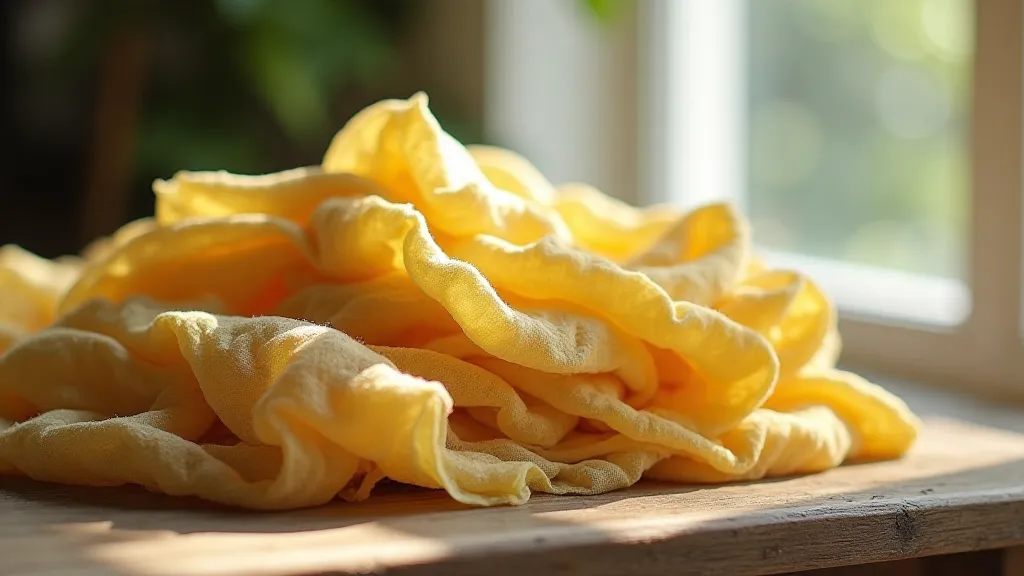
Restoration and Collecting: A Gentle Approach
This philosophy of gentleness extends beyond the dyeing process itself. When restoring antique accordions or collecting vintage textiles dyed with mullein – or any natural dye, for that matter – a conservative approach is paramount. The spirit of preservation isn’t about recreating something as ‘new,’ but rather cherishing the narrative woven into the fabric or the instrument’s every imperfection. It’s about understanding the value in age and wear.
With accordions, this means careful dusting, gentle lubrication, and replacement of damaged components only when absolutely necessary. It means respecting the patina of age, recognizing that these marks are part of the instrument’s story. With textiles, it means mindful storage, careful handling, and avoidance of direct sunlight or harsh chemicals. It means appreciating the imperfections, the subtle variations in color, the telltale signs of a life well-lived. The meticulous nature of such preservation embodies the reverence for the craftspeople who came before us, a sentiment that resonates deeply with those who appreciate the artistry found within antique textiles and instruments alike.
A Legacy of Subtlety
Mullein’s legacy isn't about bold pronouncements; it's about quiet contributions. It's about softening the edges, adding a touch of elegance to the everyday. It’s about finding beauty in the overlooked, the understated, the fragile. Just as the antique accordion’s gentle melodies evoke a sense of nostalgia and quiet beauty, so too do the textiles dyed with mullein, whispering tales of a time when craftsmanship was valued above all else, and when beauty was found not in ostentation, but in the subtle art of softening the world around us. It’s a testament to the power of patience and observation, a reminder that the most profound beauty often lies hidden, waiting to be coaxed out with a gentle hand and a patient heart.
The next time you see a towering stalk of mullein growing by the roadside, take a moment to appreciate its quiet strength, its understated beauty. And remember that even the most overlooked plants can hold within them a world of hidden treasures – waiting to be coaxed out with a gentle hand and a patient heart. The secrets they hold aren't always immediately apparent, often requiring a deep understanding of the materials and techniques involved—a constant cycle of learning and adaptation that is inherently linked to our own evolution. The ongoing pursuit of understanding these techniques – whether in natural dyeing, instrument restoration, or other crafts – connects us to generations of artisans who have dedicated their lives to mastering these skills.
